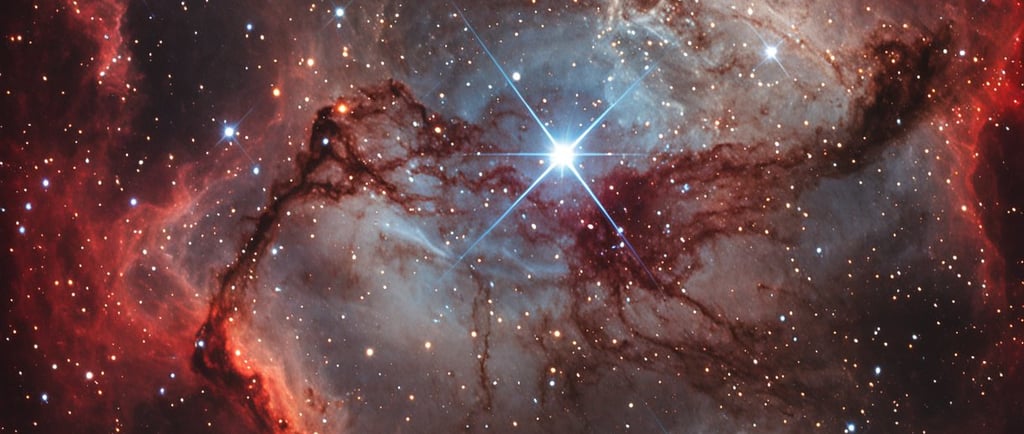NGC 7009: The Saturn Nebula


Introduction to NGC 7009
The Saturn Nebula, also known as NGC 7009, is a fascinating celestial body located approximately 1,400 light years from Earth in the Aquarius constellation. This planetary nebula offers a unique glimpse into the life cycle of stars, acting as a captivating target for astronomers and enthusiasts alike.
Characteristics of the Saturn Nebula
One of the most striking features of NGC 7009 is its resemblance to the rings of Saturn. This resemblance is largely due to the presence of two extended lobes on either side of the nebula, which create an illusion of intricate, delicate rings. The defining characteristics of the Saturn Nebula stem from the death throes of a star located at its center. The dying star, once a red giant, has shed its outer layers, creating a cloud of gas that expands and emits light in various wavelengths.
The Importance of NGC 7009 in Astronomy
Studying the Saturn Nebula provides insight into stellar evolution and the processes involved in the life cycle of stars. As a planetary nebula, it represents a stage when a star has completed its life cycle and is transitioning into a different phase. The luminous gas surrounding the dying star is rich in a variety of chemical elements, including hydrogen, helium, and heavier elements, which are pivotal for understanding the composition and evolution of stars throughout the universe.
Additionally, NGC 7009 serves as an essential laboratory for observing phenomena like shock waves and thermal structure, which occur in these nebulae. Researchers utilize advanced telescopes to explore the Nebula's structure in detail, helping astronomers to decode the mysteries surrounding star formation and the fate awaiting our own sun billions of years from now.
Thus, the Saturn Nebula not only captivates the imagination of space enthusiasts but also plays a crucial role in advancing our knowledge of astrophysics and cosmology. As we continue to explore and understand the cosmos, NGC 7009 remains a majestic reminder of the beauty and complexity of stellar phenomena.
